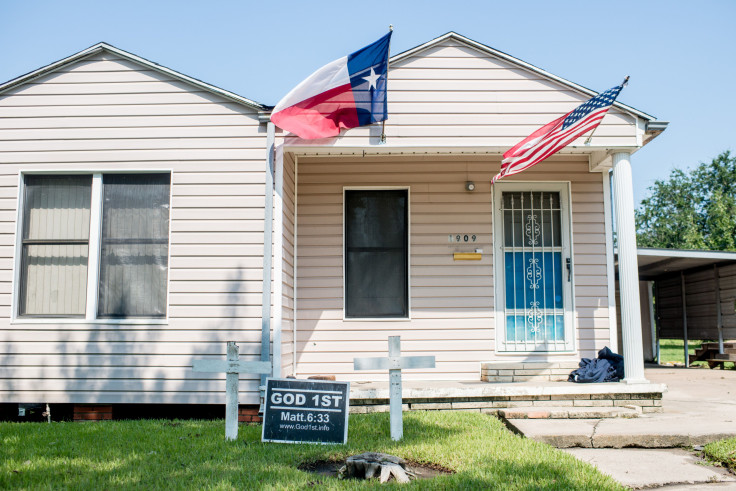
Without swift and significant intervention, the Texas' ongoing affordability crisis could spiral out of control, state Comptroller Glen Hegar has warned. In a recent report, Hegar detailed the challenges Texas is facing, including rapidly escalating home prices, a severe shortage of available housing, and the increasingly tough road for low- and middle-income families striving to find affordable places to live.
Texas has long been celebrated for its vast spaces and relatively affordable housing compared to other states, but those days are dwindling as the state's housing market is struggling under the weight of explosive population growth and a slow pace of home construction.
Hegar's analysis shows that Texas has welcomed 4.2 million new residents over the past decade, yet new home construction has not kept up. The state needs an estimated 500,000 additional homes to meet current demand. Rising interest rates, ongoing supply chain disruptions from the pandemic, and labor shortages have hindered builders' ability to deliver new homes, further aggravating the housing shortage in Texas.
Low- and middle-income families hit hardest
The report highlights that nearly 45% of renters in Texas spend more than 30% of their income on housing, a significant increase from previous years. Homebuyers are also struggling as the median home price in Texas has surged to $343,000, a nearly 50% increase since 2019.
First-time homebuyers and renters in major cities like Austin, Dallas, and Houston—once seen as affordable alternatives to coastal cities—now face some of the highest housing costs in the nation. Rising home prices, limited inventory, and stagnant wages are squeezing families like never before.
The report warns that, without targeted intervention, the dream of homeownership in Texas could become out of reach for many low- and middle-income families.
Resistance to possible solutions
Hegar's report offers several recommendations to address the housing crisis in Texas, including boosting state investments in affordable housing, cutting regulatory red tape for developers, and pursuing public-private partnerships to increase housing supply. However, these proposals face challenges, including local resistance to high-density developments and complex zoning laws that often hinder new construction.
"Homeowners want to maintain high property values to earn the greatest return on their investments," the report reads. "This resistance can result in project delays, increased costs and even cancellation of new housing projects."
The future of Texas housing
With Texas's booming job market and favorable tax environment continuing to draw new residents and companies, the pressure on the housing market is likely to continue. As state officials, developers, and communities debate solutions, the report underscores that Texas' rapid growth—once a key economic advantage—now poses significant challenges.
Texas' future in this sector hinges on its ability to create a balanced housing market that offers accessibility and affordability for all its residents, not just those who can navigate the increasingly high cost of living.
Latino homeownership increases despite challenges
According to the 2023 State of Hispanic Homeownership Report by the National Association of Hispanic Real Estate Professionals (NAHREP), the Hispanic homeownership rate rose to 49.5 percent, representing a notable achievement. Despite navigating what was reported as the least affordable housing market on record, Hispanic households experienced a net increase of 377,000 owner-households—the most significant single-year gain since 2005, nearly two decades ago. While high interest rates and low housing inventory were major barriers to homeownership growth, Hispanic buyers showed remarkable resilience by moving to more affordable regions, utilizing co-borrowers for financing, and accessing local and specialized programs to achieve homeownership.
© 2024 Latin Times. All rights reserved. Do not reproduce without permission.







